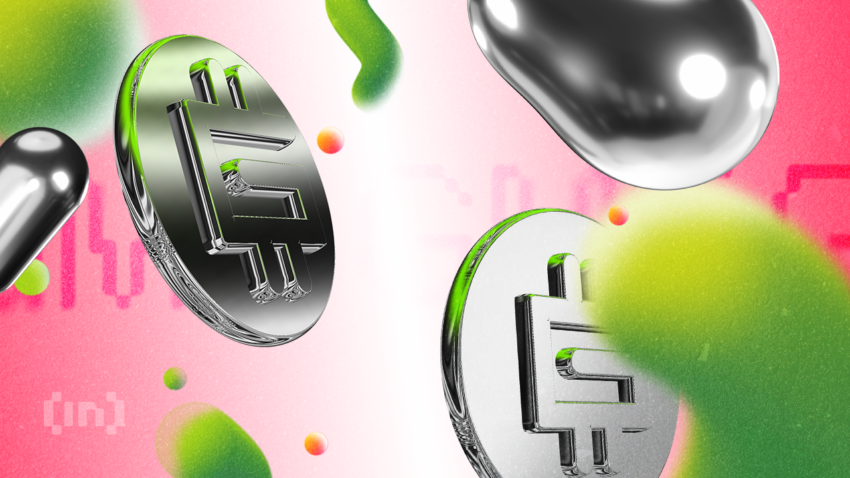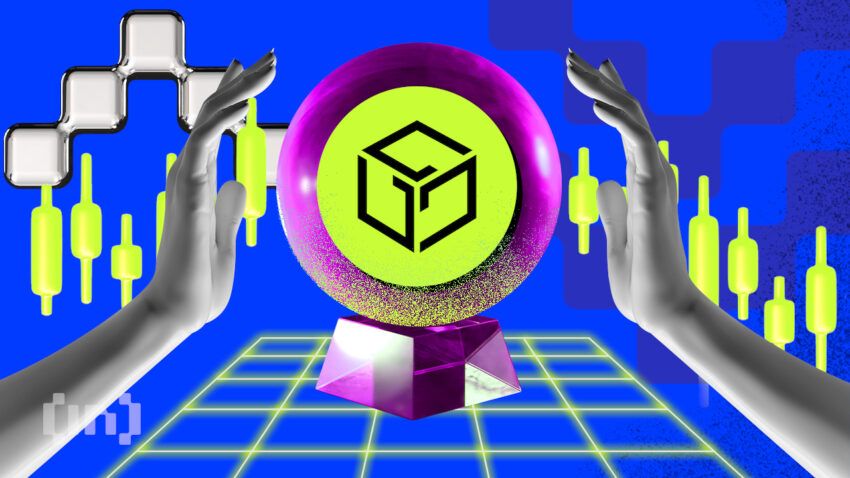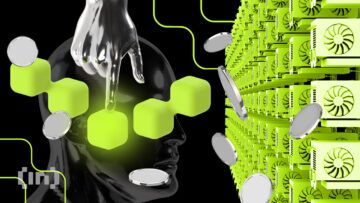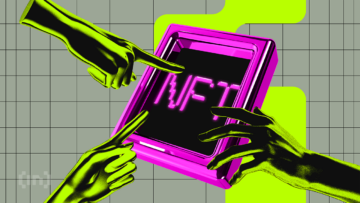The crypto-gaming sector brings together two fascinating worlds: video games and digital currency. We will look at significant crypto gaming coins in this article, where you can get them, and why you should invest in gaming coins.
What are gaming coins?

A gaming coin is an in-game cryptocurrency for a specific game. With gaming coins, you can buy in-game stuff, characters, and weapons, among other things. Players can earn cryptocurrency by fulfilling activities. Non-fungible tokens (NFTs) can also be used in these games.
Although using gaming coins is still in its infancy, most of these coins are already gaining ground in the more conventional gaming industry. In Sep. 2020, the iconic gaming corporation Atari partnered with GameFi firm Ultra to assist in the creation of Atari’s ATARI VCS (modern video game computer network) for home entertainment.
By the end of 2023, the market capitalization of all P2E cryptocurrencies holds strong at $9 billion. It is clear that key companies in the gaming industry, as well as investors, are showing more interest in the gaming currency ecosystem.
Top 6 crypto gaming coins
There are a few crypto gaming coins that stand out from the rest. We detail six of those coins below:
1. Axie Infinity (AXS)
Available on:

Axie Infinity is a blockchain-based trading and battling game in which players can collect and trade the game’s creatures (Axies). Each Axie is a one-of-a-kind ERC-721 NFT. Staking tokens, playing the game, and participating in governance are some ways AXS holders can earn rewards. Axies can take on various forms, with over 500 body parts available.
Axie Infinity was one of the first pay-to-earn gaming platforms (P2E) and has a market capitalization of almost $1 billion. The game has already attracted an army of players worldwide, and its native AXS token remains a strong performer.
The earning potential of Axie Infinity has attracted many new people to it — in Jul. 2021, for example, Axie Infinity collected more fees over seven days than Bitcoin and Ethereum.
The game seems popular in developing nations, which use it to generate income after COVID-19. Gamers from markets like Vietnam gain substantial daily cash through their Axies. Some individuals play the game to finance their home costs.
Pros |
Cons |
Active community |
Hackers and scammers are abundant |
Developers are extremely involved and constantly updating the game |
Hacked for $620 million in crypto |
3. STEPN (GMT)
Available on:

STEPN (GMT) is an innovative move-to-earn cryptocurrency. Users must buy a pair of NFT sneakers and then log their daily walking, running, and jogging to earn steps. They may ultimately earn GMT by accumulating a sufficient number of steps.
STEPN derives income from several sources. The platform generates revenue by selling NFT shoes, collecting royalties on NFT transactions, and charging users to refresh their energy and advance through levels. Earnings depend on the amount of movement monitored by GPS during five-minute intervals corresponding to one unit of energy, which recovers gradually over time once completely exhausted.
According to the company’s official announcement, STEPN earned $26.81 million in Q1 2022 from its NFT Marketplace trading and licensing payments. The speculation about a potential relationship between STEPN, major sports companies, and Binance may have contributed to the token’s price increase.
4. Decentraland (MANA)
Available on:

Decentraland is an Ethereum-based platform where virtual land may be purchased, developed, and monetized. This virtual 3D reality platform lets artists and producers collaborate and share their assets.
Decentraland utilizes both LAND and MANA tokens. MANA is an ERC-20 token that may be burnt to obtain LAND tokens that are non-fungible ERC-721 tokens. Users can use MANA to purchase avatars, clothing, names, and other items.
The Decentraland marketplace is where land is purchased, among other possibilities. The Decentraland metaverse recently hosted a series of events that recruited numerous gaming enthusiasts seeking to use the platform.
The initial method of earning in every metaverse is to purchase land. After appreciation, the asset might be lent out or sold. The alternative, which is more intriguing and difficult, is to create games and events and charge the audience. Comparable to The Sandbox, there is, however, a free-to-use internal tool for creating experiences. The third method to make money is to provide your skills to a landowner, much like you will do in this world.
Decentraland has attracted institutional investors such as Grayscale because of its potential. Moreover, as the metaverse continues to gather momentum, Decentraland may be a good way to capitalize on this trend.
As more individuals join Decentraland, MANA’s value could increase. Soon, the Decentraland ecosystem might evolve into a multifunctional metaverse where enterprises can market and monetize digital content.
Pros |
Cons |
Has diverse game mechanics which allows many activities and creates a unique gaming experience |
Caps on the servers prevents you from interacting with many users at a time |
Play-to-earn with a diverse set of monetizable NFTs, such as land and wearable items |
Not ready for primetime, low graphics and often does not run on the first few times when some users try to play it |
5. Enjin Coin (ENJ)
Available on:

Enjin is a service that allows game creators to issue in-game tokens, both non-fungible and fungible assets. Enjin’s market facilitates the purchase and sale of ERC-1155 assets.
Enjin and Microsoft collaborated in 2020 to establish Azure Heroes, the program that awards blockchain-based smart badges for developers to honor their achievements and efforts. According to Enjin, each badge is produced as an NFT with “verifiable scarcity, utmost circulation restrictions, proven origin, and unique identifiers.”
There are already hundreds of communities and over 21 million members on the original Enjin network. Currently, almost forty gaming businesses use the platform.
Enjin has also successfully constructed links to other platforms, including Ethereum. Additionally, millions of Minecraft users currently utilize Enjin’s community software package to communicate with other players.
Pros |
Cons |
Users can create and integrate NFTs with their applications, games, and websites |
Wallet is not open source |
Large user base |
The platform is heavily reliant on a handful of games |
It has a working use case, and as a result of millions of transactions in the marketplace, it has proven to be extremely useful |
6. The Sandbox (SAND)
Available on:

The Sandbox is a “play-to-earn” metaverse with SAND as its native utility token. The metaverse consists of digital real estate units known as LAND. Players may develop, own, and sell gaming experiences using NFTs and SAND. The Sandbox Game Maker allows for incorporating the digital assets made by players as NFTs.
Importantly, Sandbox provides a collection of instruments designed to facilitate player interactions with metaverse-wide encounters. Users can construct their 3D game settings and digital objects using their ideas.
The Sandbox has worked with Atari’s game company to build limited-quantity LAND-based virtual theme parks. There are only 166,464 LAND plots, yet every day hundreds of game worlds are built on The Sandbox; as a result, plot prices can get as high as $50,000! People may purchase LAND and other digital assets with SAND, the Sandbox’s native coin.
The success of SAND is inextricably linked to The Sandbox’s popularity and is set to rise if the game becomes a gaming community fixture.
Pros |
Cons |
SAND owners have control over the policies and the metaverse |
The metaverse’s full implementation will take several years before it is ready to be released from beta |
Various play-to-earn features |
Many tokens were sold in private auctions and sales, and there is a chance that a specific group of people will influence the DAO’s policies |
7. Gala (GALA)
Available on:

Eric Schiermeyer, the co-founder of Zynga and inventor of Farmville, created the Gala Games blockchain. GALA is a non-refundable utility token that serves as a means of trade among Gala Games ecosystem players. It may also be used to affect the development of games by Gala users.
The GALA token is a utility token that rewards the ecosystem’s best participants. Token holders can vote on which games will feature on the Gala Games network.
According to CoinMarketCap, Gala Games has over 1.3 million monthly active users and has sold over 26,000 NFTs since its start in 2019, with the most expensive NFT being worth $3 million. Gala aims to give players a share of the billions generated by gaming platforms. In the form of NFTs and other digital assets, the network intends to allow users to extract value from gaming ecosystems.
Should you invest in crypto gaming coins?
Crypto gaming coins are among the most active in the market. They are genuinely working on some interesting ideas that could revolutionize an already significant industry. The amount of funds flowing in the space is proof that this is the case, and this funding will only increase with time.
Of course, the space is still in the early stages, and a lot could happen between now and then — including regulation. As a result, before investing, you should thoroughly study the underlying principles of each game’s currency and token.
Frequently asked questions
What are gaming coins in crypto?
What is the best gaming cryptocurrency?
Disclaimer
In line with the Trust Project guidelines, the educational content on this website is offered in good faith and for general information purposes only. BeInCrypto prioritizes providing high-quality information, taking the time to research and create informative content for readers. While partners may reward the company with commissions for placements in articles, these commissions do not influence the unbiased, honest, and helpful content creation process. Any action taken by the reader based on this information is strictly at their own risk. Please note that our Terms and Conditions, Privacy Policy, and Disclaimers have been updated.




